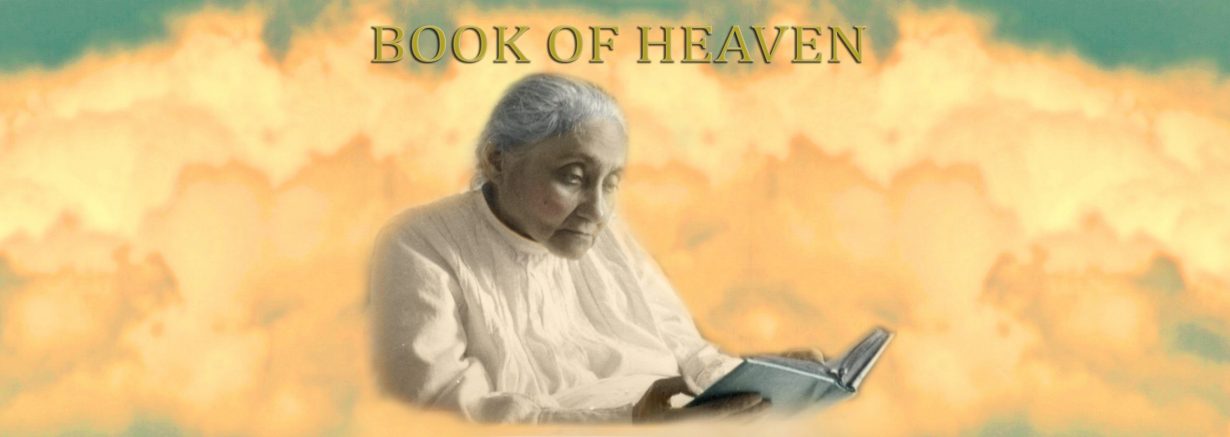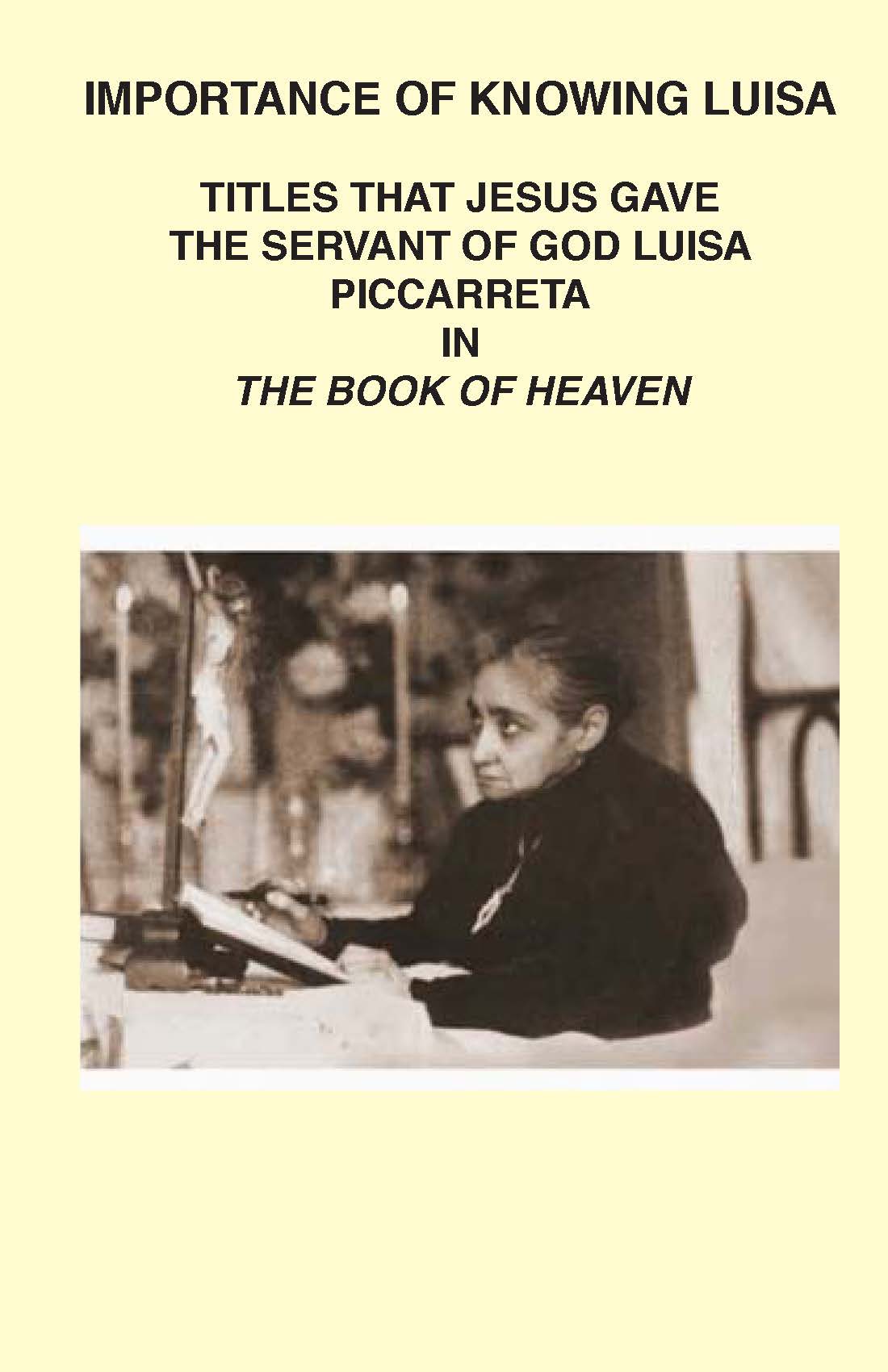“If you don’t straighten out your marriage when the war’s over, I’ll come down from Heaven and kick you in the ass”.
~Fr. Emil Kapuan to a fellow POW, before being led to the infamous “death house” in North Korea’s Pyoktong prison camp.
It was through sheer grit, Faith, and humor that Fr. Kapaun inspired hundreds of fellow captives through imprisonment in one of North Korea’s most infamous POW camps in 1951, and it is estimated that he saved several hundred lives before ultimately losing his own. Now, the Vatican is taking a close look at the Pilsen, KS native and Medal of Honor recipient, and considering his case for sainthood.
On November 9, 2015, Wichita’s Bishop Carl Kemme presented Cardinal Angelo Amato of the Congregation for the Causes of Saints with an official positio — a 1,066-page tome containing years’ worth of research on Fr. Emil Kapaun’s fascinating life story.
Born on Holy Thursday, April 20, 1916, on a farm in Pilsen, KS (population 100), Emil Kapaun was raised in a devout household, where he tended the family farm, and attended seminary before entering the Army Chaplain core and deployed in 1950 to the perilous front lines of war-torn Korea.

Courtesy of Les Broadstreet
On All Saints’ Day, November 1, 1950 Fr. Kapaun had just finished saying Mass on the hood of a jeep, and was hearing confessions when the explosions started. Within the hour, his company was overrun by scores of Chinese shock troops, who swept through the American’s mountain positions like wildfire. Though he had the opportunity to fall back with his main division, Fr. Kapaun volunteered to stay behind to aid the wounded and pray with the dying. By nightfall, he was a captive.
His capture did not deter Fr. Kapaun’s from battlefield heroism. After giving last rites to the dying—American and enemy alike—he convinced an enemy soldier not to execute Herb Miller, Kapaun’s wounded comrade, and proceeded to carry Miller on his back for a grueling, 8-day death march to a Pyoktong, the notorious prison camp along the North Korean border.

Courtesy of Fr. Kapaun Guild
By the time Fr. Kapaun and his fellow prisoners reached Pyoktong, the cluster of squalid, ramshackle barracks was already home to over 1,000 allied prisoners, though it was hardly suited for the approaching winter. Not long after Kapaun’s arrival, the temperature plunged to twenty below zero. At night, the men were huddled together for warmth, sleeping with their feet in each other’s armpits to avoid frostbite. It was common for men to wake up to find that the man next to them had succumbed to hypothermia during the night, and some would commit suicide by rolling away from a cellmate’s body heat during the night.
Morale could not have been lower, but Fr. Kapaun wasted no time in ministering to the disheartened POWs.
When a violent wave of dysentery swept through the overcrowded camp, he made a daily chore of rising before dawn and boiling water to bathe the sick and wash their soiled clothes, telling stories and jokes to lighten the men’s spirits. If he wasn’t tending the sick, he passed the time picking swarms of lice afflicting his comrades. Lt. Will McClain remembers how they made a game of it: “Hey Mac,” Kapaun would say, “I got seventy-five”. “Yeah?” McLean would respond, “I got ninety.”[i]

As the winter wore on, food became scarcer. Kapaun gave away his rations often—even when he himself was starving. “God has a plan for us,” he would tell the men, “Do not give up faith”.
He began saying Mass in secret, saving what little bread morsels he had for communion hosts and gave spiritual talks to the non-Catholic POWs, urging them to pray for their captors and preaching often on the power of forgiveness.
Fr. Kapuan’s dedication to his fellow prisoners’ spiritual wellbeing immediately drew the ire of his atheist, communist captors. Once, one of the guards began taunting him for saying the Lord’s Prayer, sneering, “Where is your God now? It is Mao Tse Tung who provides your daily bread here.” Fingering his moldy crust, Fr. Kapaun replied, “Well [Mao] must be a terrible baker”.
Communist indoctrination was an integral part of Pyoktong. Several days of the week, the men were lined up for “classes” on the evils of the West, capitalism, and Christianity. At the risk of being beaten or killed, Fr. Kapaun never missed an opportunity to openly mock and challenge the inculcation and encouraged the men to do the same. After one class, he led the men in a lively rendition of “God Bless America” and “The Star Spangled Banner.”

He coined a phrase that became a popular greeting among the men, “Ne illegitimi carborundum esse.” In English, “Don’t let the bastards get you down.”
By the spring of 1951, the prisoners noticed that their beloved chaplain was becoming weaker by the day. In May, after months of selfless aid to the sick and dying, he developed pneumonia and a dangerous blood clot in his leg. His captors, whom he had frustrated since his arrival, seized on the opportunity to finally dispose of him, and assigned him to an isolation hut with no heat, where the seriously ill were “quarantined,” essentially receiving no rations or medical attention. Nicknamed “the Death Hut” by the prisoners, very few men made it out alive.
As the guards were leading him away, the men realized it was the last they’d ever see of the man who had saved so many of their lives. Kapaun urged his comrades—many of them weeping—not to be sorry for him, “I am going to be with Jesus Christ. And that is what I have worked for all my life.”
On May 23, 1951, Fr. Emil Kapaun breathed his last.
It wasn’t long after Fr. Kapaun’s death that treaty negotiations began, and the prisoners eventually liberated. Not a single POW who had encountered Fr. Kapaun in Pyotkong would ever forget his selfless sacrifice, courage, and trust in God.
***
Some devotees of Kapaun were disappointed after last November’s meeting with the Congregation for the Causes of Saints when reports indicated that the Vatican would not consider Kapaun a martyr since no one witnessed his death.
Kapaun was declared a “Servant of God” in 1993, the first step on the long road to sainthood; classification as a martyr would have guaranteed a fast track to sainthood within the next two years. Now, Vatican officials believe it could take much longer, though they emphatically noted that they didn’t question Kapaun’s holiness or heroism.
Now, in order to even achieve beautification (one step below sainthood), a Church-approved miracle must be attributed to Fr. Kapaun’s intercession. Although this is a daunting task, proponents of Fr. Kapaun’s case believe they don’t have to look far.
***
October 2, 2008 was a beautiful, crisp autumn day in Hutchinson, Kansas, yet Chase Kear knew something was horribly wrong as soon as he was airborne. The 20 year-old pole-vaulter from the Hutchinson Community College had misjudged his jump during an October 2, 2008 track practice, sending him well beyond the safety mat, crashing headfirst onto the hard concrete below, splitting his skull in two. His doctors were surprised he even survived the airlift to the hospital.
24 hours later, he had received last rites and was in a coma with a quarter of his skull removed to reduce brain swelling. His parents were told if he was lucky enough to survive he would remain a vegetable for the rest of his life.

Courtesy of the Kear Family
Chase’s hometown of Colwich is only 60 miles from where Emil Kapaun’s was born and raised, although the distance feels shorter since the region is so tight-knit. Fr. Kapaun is a folk hero in these parts, and devotion to him is a mainstay among local Catholics, including the Kear family. From the day of the accident, Chase’s parents, friends, and the surrounding community began an unceasing petition to Fr. Kapaun. Late one night while keeping vigil, his mother placed a laminated Kapaun prayer card at the foot of her son’s bed, pleading for the chaplain’s intercession and God’s will.
Abruptly, Chase’s condition improved. His doctors were stunned. A mere six weeks after the accident, Chase walked out of the hospital while telling jokes and laughing with his family. 16 months later, he was pole-vaulting again. His doctors are dumbfounded to this day and can offer no rational explanation.

Courtesy of the Kear Family
Chase’s recovery isn’t the only miracle attributed to Fr. Kapaun’s intercession; investigators are currently reviewing the case of a young girl miraculously cured from a deadly autoimmune disease, a young man who “died” of a heart attack, and a soldier in Iraq who inexplicably survived what should have been a deadly shrapnel blast.
Over the coming years, those miracles will be analyzed and reviewed and will (as many hope) become the driving factor in Kapaun’s path to sainthood. Many of Kapaun’s POW comrades admit they may be dead by this time, but this doesn’t dampen their spirits. They know the man who saved their lives and encouraged them through the dark winter of Pyoktong will get the recognition he deserves.
[i] “The Miracle of Father Kapaun” Pg. 50, Roy Wenzel and Travis Heying, Ignatius Press, 2013




















